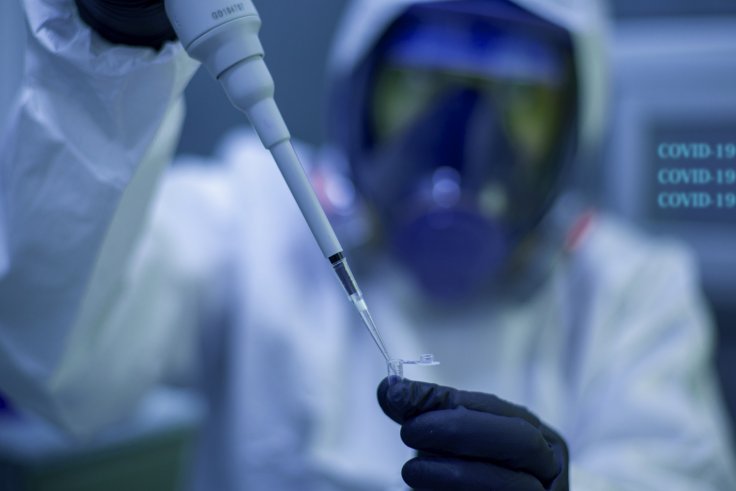As the world battles yet another strain of COVID, a new study about the effects of the vaccine has revealed some 'never before seen' results. A study has revealed that the COVID vaccine affects the duration of the menstrual cycle. This is the first time a study has been conducted to look at the impact of the COVID vaccine on periods.
The study was funded by the National Institutes of Health (NIH). Scientists observed around 4000 women in the US throughout six menstrual cycles and concluded that the period after receiving a jab started about a day later than usual, on average.
The results, however, changed depending on which dose of the vaccine the women received. The first jab was found to increase the cycle length by 0.71-day on an average, while the second dose saw an average 0.91-day increase. It is important to note that the increase was found in the duration of the bleeding, not the bleeding itself.

'Incredibly reassuring'
A researcher at Oregon Health and Science University, Dr. Alison Edelman led the aforementioned study. She told TODAY that the results of the study were 'incredibly reassuring' as the change was found to be small and temporary. "That [the change] may mean something different to each individual who menstruates," she said.
Vaccines do not affect fertility
Dr. Alison further added that the result ensures that COVID vaccines do not affect fertility as their impact on the menstrual cycle is small and temporary. More research would be needed to establish if the vaccine plays any role in other aspects of menstruation like pain, mood changes, and the heaviness of flow.
The study
The scientists used a fertility tracking app called 'Natural Cycles' to analyze the data for the study. Women were tracked three cycles before receiving a jab and three cycles after. The results were then compared to the data of unvaccinated women also collected over a period of six menstrual cycles.
At least 358 women, who got both vaccine doses in the same menstrual cycle were also observed. They were found to experience a slightly bigger change in their next cycle length. On average, two days.
The study was published on Wednesday, January 5 in the journal 'Obstetrics & Gynecology.'









